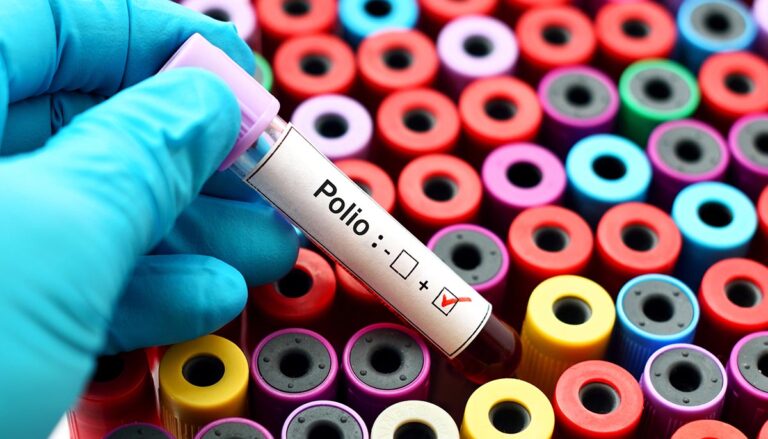A national incident has been declared in the UK as polio has been detected in sewage samples in London. The last wild case was detected nearly 40 years ago in 1984. It only takes one traveler to spread it around the world.
National incident declared as polio spreads for the first time in 40 years
Polio was once common 70-80 years ago. It’s a crippling and potentially fatal infectious disease that has no cure. But thanks to safe and effective vaccination programs, the US has been polio-free since 1979. Britain was declared polio-free in 1983.
But now, the disease has resurfaced in the UK for the first time in nearly 40 years. The last wild case was detected in 1984, the Telegraph reports.
The UK Health Security Agency (UKHSA) detected the poliovirus in a concerning number of sewage samples in London, the BBC reported.
The UKHSA said the virus was probably imported to London by someone who was recently vaccinated overseas with a live form of the virus.
It only takes one traveler to spread the disease to other countries, the Centers for Disease Control and Prevention (CDC) points out.
However, there are concerns due to recent anti-vaccination movements that many children may now be susceptible to diseases that were largely prevented or eliminated around the world.
“Most of the UK population will be protected from vaccination in childhood,” said Dr. Vanessa Saliba, an epidemiologist at UKHSA. “But in some communities with low vaccine coverage, individuals may remain at risk.”
In the UK, the polio vaccine is administered three times before the age of one, then once again at age 3, and again at age 14.
Why is polio so feared? Effects of the virus
Before vaccines became available in 1955, polio was once one of the most feared diseases, according to the CDC. It’s an infectious virus that spreads from person to person. It can invade the spinal cord, leaving people unable to move parts of their bodies or totally paralyzed. Polio can be life-threatening. Most people–roughly 72 out of 100–will not have visible symptoms.
There is no cure for polio. About one out of four people infected with poliovirus will have flu-like symptoms, such as sore throat, fever, tiredness, nausea, headache, and stomach pain. These symptoms will usually subside on their own after two to five days.
However, about one to five out of 1000 people will develop more serious symptoms affecting the brain and spinal cord leading to paresthesia, meningitis, and paralysis.
Further, even if someone recovers some or all of their pre-infection movement, post-polio syndrome (PPS) is a condition that can affect polio survivors decades after they recover from their initial poliovirus infection, according to the CDC.
How people can protect themselves
The best protection is to get vaccinated. Polio vaccines are safe and effective. Nearly all children (99 out of 100) who receive the recommended doses of the vaccine will be protected, according to the CDC. The vaccine is so effective that the disease was eliminated in the United States almost 25 years ago.





